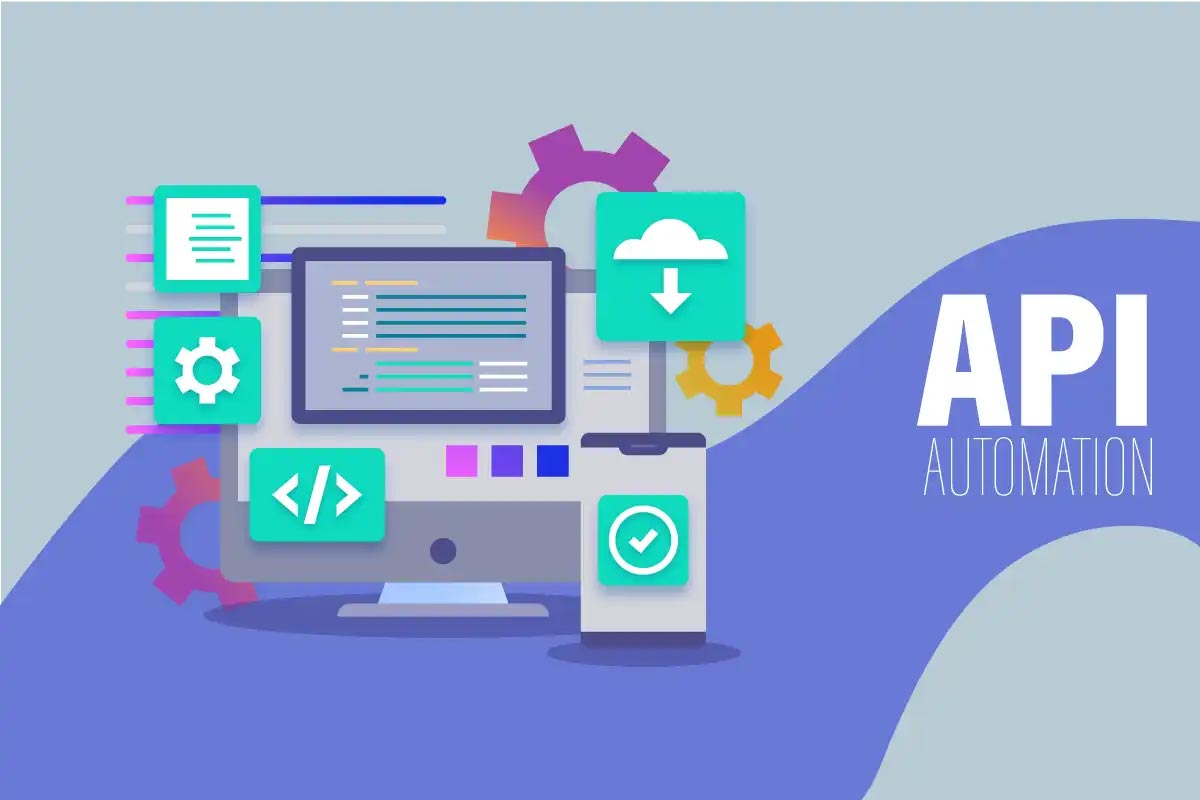
The term API stands for Application Programming Interface. It is based on a set of definitions and protocols intended to integrate systems and facilitate communication between software applications according to a group of rules.
APIs are mechanisms that allow two software components to communicate with each other using definitions and protocols. For example, the meteorology institute's software system contains daily weather data. The weather app on your phone “talks” to this system through the APIs and shows you the daily weather updates on your phone.
APIs allow us to communicate with our applications to implement various functionalities and efficiently handle data traffic. However, testing these services can take a long time when an application is robust and implements different APIs to obtain information.
![]()
APIs implemented in our applications are essential to our development because they communicate data that adds value to our services. However, if our application is robust, the number of APIs that will be implemented will be too high, which will make testing lengthy and use many team resources. For this reason, automating API tests is helpful to constantly review the status of our APIs and our application on the backend side.
![]()
The most important objectives of automated tests on APIs are:
![]()
The main benefit of these tests on software products is that they will increase quality; a product is only helpful if it works correctly and is available when required.
The following are other advantages:
![]()
An API connects software or applications and can be created in various programming languages. The API documentation must be clear and objective to facilitate its implementation.
In addition, a predefined data format is often used to integrate systems. The most common formats are XML (Extensible Markup Language), YAML (originally Yet Another Markup Language, but officially YAML Ain't Markup Language), and JSON (JavaScript Object Notation) for web applications.
API architecture is often explained in terms of client and server. The application that sends the request is called the client, and the one that sends the response is called the server. In the weather example, the institute's weather database is the server, and the mobile app is the client.
APIs can work in four ways, depending on when and why they were created.
SOAP APIs
These APIs use the Simple Object Access Protocol. The client and the server exchange messages using XML.
RPC APIs
These APIs are called remote procedure calls. The client completes a function (or procedure) on the server, and the server returns the result to the client.
WebSocket APIs
The WebSocket API is another modern web API development that uses JSON objects to transmit data. The WebSocket API supports bidirectional communication between client and server applications.
RESTful APIs
These are the most popular and flexible APIs on the web today. The client sends the requests to the server as data. The server uses this input from the client to start internal functions and returns the output data to the client. Let's look at REST APIs in more detail below.
Some of the most popular APIs are listed below:
An API can become an ideal tool to facilitate integration with applications such as:
APIs for payments
Through this type of API, businesses can integrate systems within the company's website or app to expand payment methods for their products and services.
Social networks
Social networks also offer innovations with APIs to enrich the user experience and incorporate features to obtain information about visitors or create users or profiles on the sites from Facebook and Google accounts, among others.
Location
Some of the most popular APIs we have mentioned allow users to offer specific information and services in a particular location, enhancing the experience.
APIs are classified based on their architecture and their scope of use. Below are the types of APIs that can be developed:

All APIs must be protected by proper authentication and monitoring. The two main ways to secure REST APIs are as follows:
At IO Connect Services, we understand that APIs are a valuable means for the innovation and efficiency of your web applications and for connecting your infrastructure through the development of cloud-native applications. Whether you require public APIs that provide unique business value by simplifying and extending your connections with partners or private APIs to facilitate the integration of different applications and systems used by a company, we have the experience and skills to provide that plus to your business.